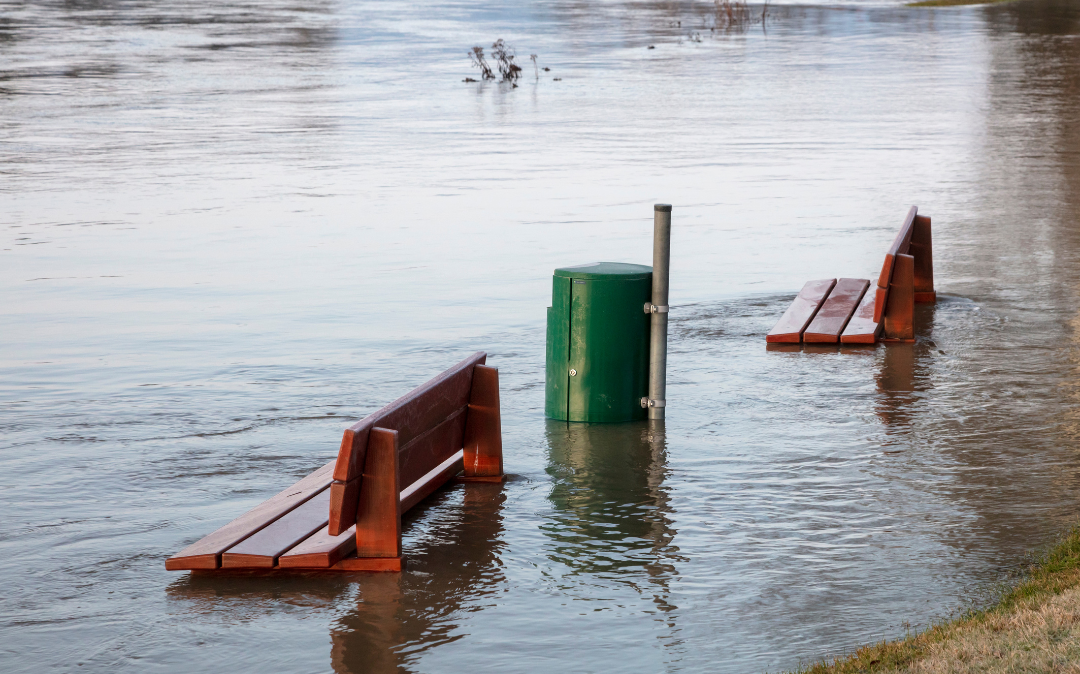In 2022, floods and flash floods caused nearly $2.8 billion worth of property and crop damage across the United States. Additionally, the national 30-year average for flood deaths is around 127 per year, half vehicle-related. The best way to combat the impact of natural disasters, and especially floods, is preparation and resilience.
Resilience prepares communities, reduces suffering, and speeds recovery. At The New Jersey Coastal Coalition, our vision is a resilient nation where communities are ready for today’s risk and emerge stronger tomorrow. Flood resilience has a lot to do with practices that go on long before the threat of flooding becomes imminent. Gain confidence in your community by learning more about some of the practices for flood preparation and resilience listed below:
- Ensure your community is prepared by attending meetings, contacting officials and verifying that safety measures are in place
- Make sure that your community has recovery and rehabilitation efforts in place post-flood
- Verify that your community understands and is prepared for the lasting impacts of potential flood damage
- Check that your community has provided members with proper preparation techniques and practices
- Review any flood plans, protection, safety measures or documentation available
- Assess your community’s level of vulnerability and terrain with maps and zoning information
- Further, assess resilience as needed and address any issues swiftly and efficiently
Below are some valuable household items to have and keep safe in the event of a flood:
- Flashlight
- Portable charger
- Medical kit
- Hygiene products and medication
- Whistle
- Bottled water
- Non-perishable food (including pet food)
- Rubber boots, gloves and waterproof clothing
- Tarps, plastic sheeting, sandbags
- Waterproof safe to store valuables and important documents
The most important thing to do during a natural disaster like a flood is to stay informed. Sign up for NJ Coastal Coalition emergency weather alerts in your area. Preparation and information are crucial to your safety.
Additionally, this flood indicator tool provides users with information regarding indicators of potential flood risk on or near a property of interest. It does not indicate actual risk. The extent of flooding can be affected by many factors, including increases in impervious surfaces, changes to stream flow and natural impediments. To determine a property’s flood risk, contact your municipality, a licensed professional engineer, or DEP’s Division of Land Resource Protection.

